Description
We will release the culmination of studio recordings by Derek & The Dominos, the band that produced the masterpiece “LAYLA AND OTHER ASSORTED LOVE SONGS” and also known as Eric Clapton’s career high! Of course, the pinnacle of their studio recordings is the album “LAYLA~,” but from the time of its initial release in 1970 to the present, they have released a plethora of international editions, remasters, reissues, and upper media. It is best among audio enthusiasts and rock enthusiasts for its “sound image that directly conveys the passion of the performance, with the most plump warmth that makes you feel the warmth of wood, and clear sound quality that eliminates any intentional mastering.” An original British first edition LP released in 1970 that has been praised for its sound quality. Disc 1 includes the original master, which was mixed down to stereo from the UK multi-track master used to master the lacquer disc. This is a “golden” coupling that includes the session sound source of the second album, which was released unfinished due to the band’s collapse, and recorded on disc 2 from two types of mix masters. ■The UK master, which is said to have the highest sound quality, is recorded directly from the multi-track master copy! Both masters are direct copy masters obtained by the British-based heavyweight Taper, who is familiar with Clapton-related matters, through his strong research skills and connections with officials over many years. This is not a copy. It is a well-known fact among enthusiasts that there are two types of the masterpiece “LAYLA~”: a UK master and a US master. All media currently being remastered and reissued, including regular edition CDs, Mobile Fidelity gold CDs, SHM-CDs, SACDs, DVD audio, and Blu-ray audio, are produced using US masters. In other words, the only places where you can listen to the original UK masters are currently the UK first edition LP and the heavy-duty LP included in the “Super Deluxe Edition” released to commemorate the 40th anniversary of the original edition (acoustic version). If you are a detailed enthusiast, you will know that strictly speaking, these two are not the same.) What’s more, member Bobby Whitlock revealed last year that the rough mix of the unfinished US master was sent to the UK in a rush to release it, and the UK master became the UK master. In other words, the members themselves revealed that the mix of the UK master was different from the US master. This time, the heavyweight taper has obtained a copy of the UK master with the highest sound quality and a different mix. So how exactly are UK masters different from US masters? Bobby Whitlock has testified that the “unfinished rough mix of the US master” became the UK master, but from what I’ve heard, the localization of each instrument and vocal is the same as the US master. However, the uncorrected parts unique to the rough mix are that the staff’s speaking voice is included before the songs of Tell The Truth and It’s Too Late, and that Triangle is mixed into Thorn Tree In The Garden. And compared to the US master’s mastering, which has a sharp and powerful sound image, the UK master’s characteristic is that it expresses the band’s passion in a gentle tone. Sound quality and sound image are ultimately a matter of listener preference, but I think it’s worth noting that so many listeners support the UK first edition LP when looking at “listening comparison reports” on the internet. Especially on this version, which was copied directly from the multi-track master, there is of course no scratch noise that is inevitable when playing a first-run LP. The stylus sound of the analog version is nice as it gives a sense of the times, but the strength of this version is that you can concentrate on listening to the UK master without it. ■The entire session of “Phantom”‘s second album is recorded from two official mix masters! And disc 2 is the second album session sound source. There are several already released records of these, and they can be said to be famous sound sources among Clapton enthusiasts. However, the advantage of this disc is that, like Disc 1, it is recorded directly from the two official mix master tapes that the heavyweight taper recently obtained. From April to May 1971, the members of Dominos gathered in the studio again to try to make a comeback after the sales failure of the album “LAYLA~”, but due to the absence of Duane Allman, who had played a catalytic role in the previous album. In addition, the members, who were originally from LA in the southern part of the United States, were unable to adjust to the cold London studio, so sessions continued without achieving the expected results. In the end, it is said that the band collapsed due to a conflict between Clapton and drummer Jim Gordon. You can get a glimpse of the whole story up to that point from the sound source left here. Five of these songs were included as the centerpiece of Clapton’s official anthology box “CROSSROADS” released in 1988 to commemorate the 25th anniversary of his debut, but they were remixed versions by another engineer at that time. . On the other hand, what is included on this disc is Andy Johns, who was the engineer in charge at the time in 1971 (he was the younger brother of the famous producer Glyn Johns, and was also in charge of Led Zeppelin and the Stones at the time). This is the 1974 version that Atlantic Records, who wanted to somehow make this sound source see the light of day, ordered Tom Dowd, the producer of “LAYLA~”, to mix it. I’m also surprised by the fact that there was a behind-the-scenes movement towards the release of Dominos’ second album in the year of Clapton’s comeback, but heavyweight taper obtained the master of these official mixes. Photos of these two master tape boxes are published in Clapton’s official book “ERIC CLAPTON: DAY BY DAY 1963-1982″ (original version) (the name of the engineer who mixed it is also specified there). ■Here are the factors that predict the collapse of Dominos! The 1971 version mixed by Andy Johns is all basic tracks without vocals. It seems that the tracks were organized before the next stage of song insertion. It is valuable in the sense that you can listen to the instrumental versions of songs that have officially seen the light of day, but the focus is on the two takes of Snake Lake Blues. Both are different from the official release take. The official release take is better as Clapton’s solo, but it is interesting to see how Clapton was experimenting with trial and error, such as trying in both minor and major keys. In the 1974 Tom Dowd Mixmaster, the recorded songs were organized and lined up at once. Although the song titles are at the so-called working title stage, it is clear that a remix was attempted in 1988 based on the five officially released songs. While the official release version had a finish with a lot of echo, this master has a straight finish with no effects. What I would like you to pay attention to is that the factors that led to the collapse of Dominos are hidden in this sound source. 10.11.20. contains vocals by a person who seems to be Jim Gordon. This is an elimination method because the voice quality is neither Clapton nor Whitlock, and Karl Radle never sings, but this means that it is a number written by Jim Gordon. It is said that he was secretly recording songs for his solo album when recording the album “LAYLA~”, and it is known that some of the songs were the piano coda for the latter half of Layla. However, his desire for self-expression seems to have reached its maximum at this point. Due to his innate psychopathic personality, it can be seen that he blamed Clapton’s leadership for the failure of sales of the album “LAYLA ~” and was openly hostile to Clapton. On the other hand, Clapton, who had no sense of being a leader and wanted to run the band democratically, agreed to record the three songs Gordon brought to him. However, if you listen to it, you will notice the low quality of Gordon’s songs, the poorness of his vocals, and the amateurishness of his songs. It is at the level of a second-rate singer-songwriter’s work, and it is highly doubtful whether Clapton really intended to include Gordon’s songs in his second album of rebirth following “LAYLA”. Gordon is self-satisfied and recording his own compositions (Clapton does not appear). Clapton feels dissatisfied and anxious about this, but cannot dismiss it outright. Did Clapton really intend to include Gordon’s numbers, which were of significantly lower quality, mixed in with numbers like Got To Get Better In A Little While and Evil that felt the original tension of Dominos? Clapton is torn between the survival of the band and Gordon’s ego. It was probably a big fight between the two that occurred during recording that led to the collapse of the band. ■What was Clapton’s intention in leaning toward wow play? Also, among the nine songs that are candidates for inclusion, excluding Jim Gordon’s songs, there are six instrumental versions that do not yet have lyrics, excluding Snake Lake Blues, which was originally recorded as an instrumental. All of the songs seem to have evolved from jams in the studio, and although they have a certain structure, it’s so mind-blowing that I can’t even imagine how they intended to include the lyrics. I have to say that these are also of significantly lower quality than “LAYLA~”. In addition, the lyrics are complete, and Clapton uses a wah-wah pedal in four of the five songs released on “CROSSROADS” in 1988. It is also used in High, which has unfinished lyrics. He didn’t use a wah pedal at all in “LAYLA”, so why did he use it so much in his second album? This was simply because we wanted to add some variety to the play action. So why did you want to make a change? In other words, it seems that he thought that normal guitar playing would not bring out the charm of the song. Although there was no need to worry about such things in “LAYLA ~”, it is thought that it was bothering Clapton here. I feel like you could even say that the traces of Clapton’s suffering are engraved here. Considering the above, it may be said that you can get a glimpse of the story of Dominos’ collapse in this edition. I would like rock fans and Clapton fans to watch this work to witness the final appearance of the band that produced that masterpiece, disappearing in just one year. This work covers all of the studio recordings made by Derek and the Dominos under the band name, starting with the official master tapes. In Clapton’s career, it will be positioned as an important work following the Clapton mix of his first solo album, which was recently released by our store. DEREK AND THE DOMINOS – LAYLA UK MIX: MULTITRACK MASTER(2CD) Disc 1 (78:19) Layla and Other Assorted Love Songs UK Mix Taken from multitrack master and not vinyl First appearance of multitrack master that is not a record drop 1. I Looked Away 2. Bell Bottom Blues 3. Keep on Growing 4. Nobody Knows You When You’re Down and Out 5. I Am Yours 6. Anyday 7. Key to the Highway 8. Tell the Truth 9. Why Does Love Got to Be So Sad? 10. Have You Ever Loved a Woman 11. Little Wing 12. It’s Too Late 13. Layla 14. Thorn Tree in the Garden Disc 2 (77:18) Second Album Sessions Recorded at Olympic Sound Studio, London, UK in April – May 1971 Mixed at Olympic Sound Studio, London, UK in 1971 by Andy Johns 1. Evil (basic track) 2. Mean Old Frisco (basic track) 3. Instrumental ♯1 (a.k.a. Sick At Heart, basic track) 4 . Instrumental ♯2 (a.k.a. Is My Love, basic track) 5. One More Chance (basic track) 6. High (basic track) 7. Snake Lake Blues (minor key, basic track) 8. Snake Lake Blues (major key, basic track) Mixed at Criteria Studio, Miami, USA in 1974 by Tom Dowd 9. Chocolate (instrumental) 10. It’s Hard To Find (Jim Gordon; vo) 11. Till I See You Again (Jim Gordon; vo) 12. Karl And Me (a.k.a. Son Of Apache, instrumental) 13. Evil (official take) 14. Snake Lake Blues (♯3 official take) 15. I’ve Been All Day (instrumental) 16. Mean Old Frisco (official take) 17. One More Chance (official take) 18. High (instrumental) 19. Got To Get Better In A Little While (clavinet version) 20. Jim’s Song (Jim Gordon; vo)
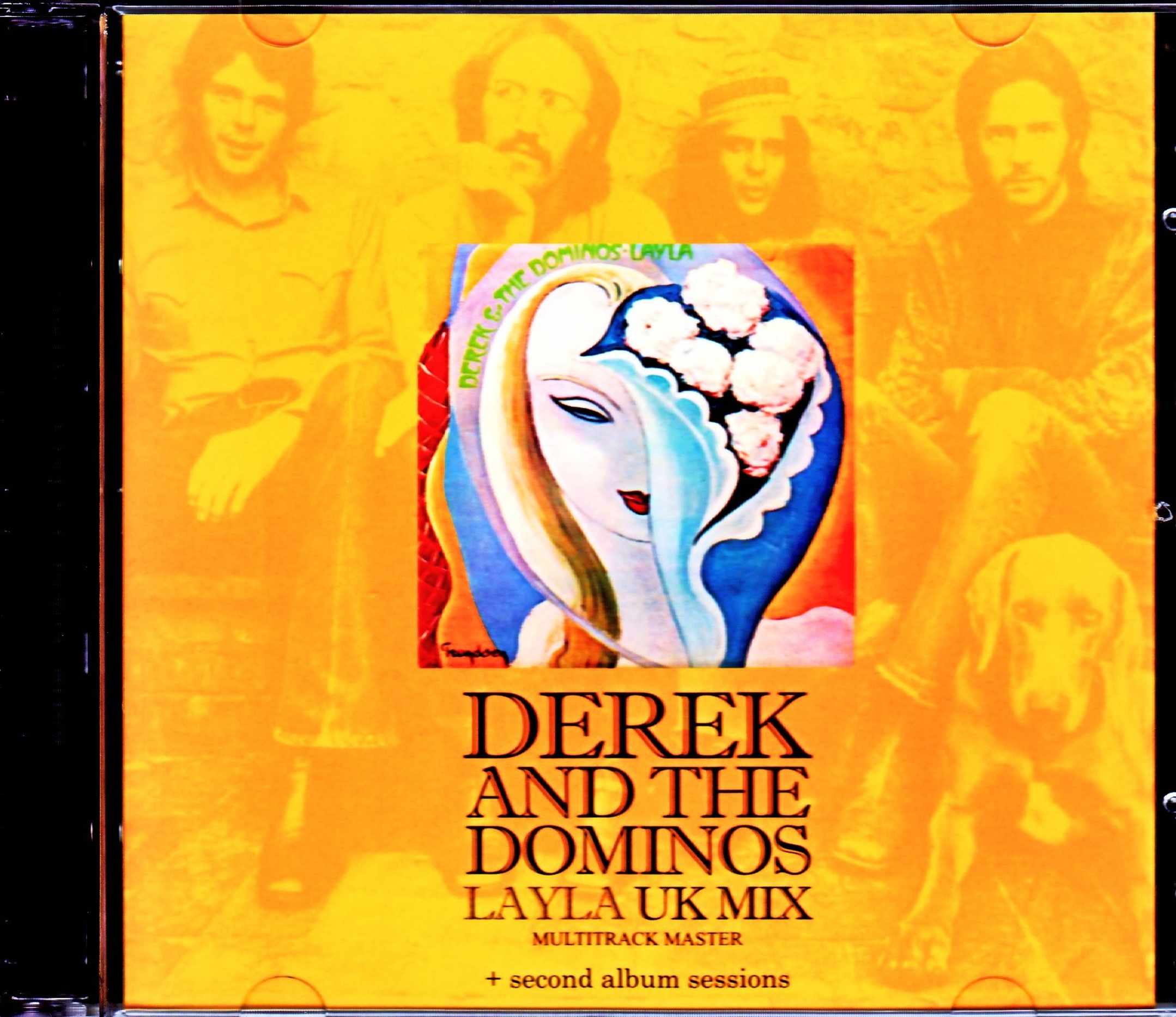
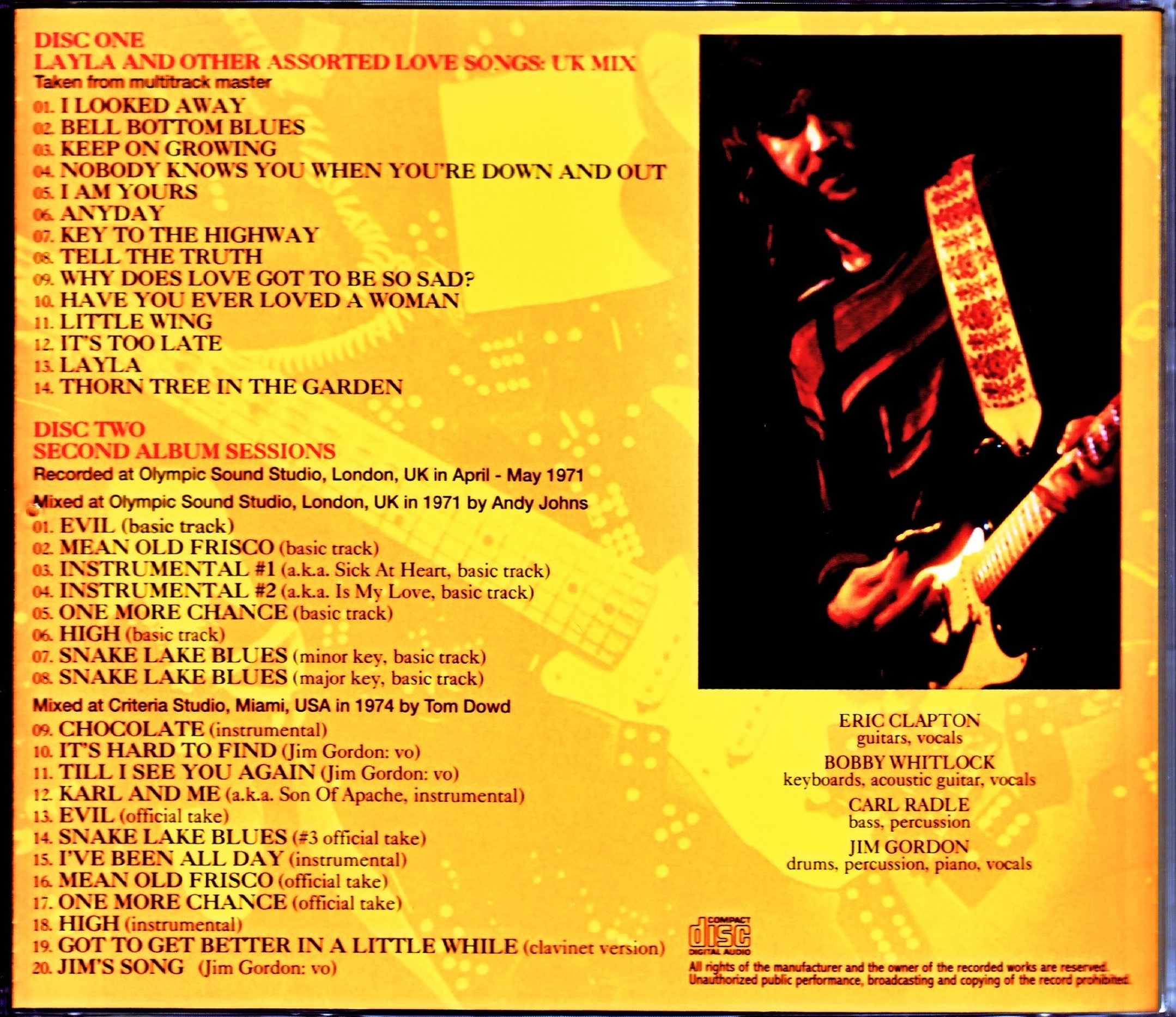

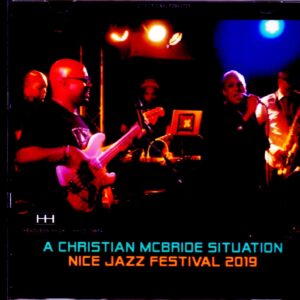
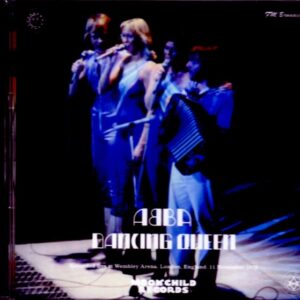
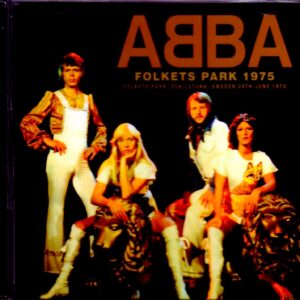

Reviews
There are no reviews yet.